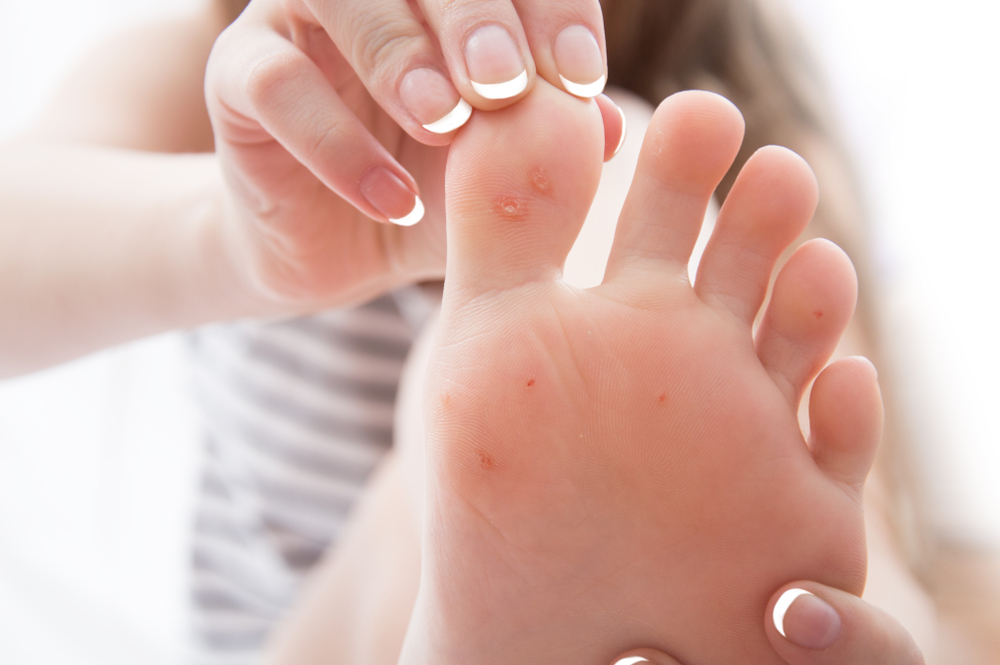Calluses that occur in the skin areas due to friction of hands and feet are the self-protection mechanism of the skin. In areas such as hands and feet, the skin constantly rubs and thickens over time, causing pain. Experts say the impact of heels on the formation of calluses is huge.
It is important to wear proper shoes and gloves when working to protect against calluses on the feet. Regular hand and foot care is very important to protect from calluses. The calluses formed can be removed by various dextructive treatments. Surgical removal is also an option.
The most important reason for the formation of calluses is the wrong shoe selection. Calluses on the hands are seen in musicians playing musical instruments, in gardening and heavy workers. Calluses on the feet are seen in long-standing workers, wearing heels and people with orthopedic defect.
If The Causative Agent of the Callus is not Eliminated, It may Recur
Treatments such as tomato, pineapple and lemon rides are based on benefiting from the acidic properties of these plants. The acid softens and melts the hard tissue in that area, allowing it to be easily scraped without damaging the underlying tissue. After the callus has disappeared, it is important that the dead tissue is regularly cleaned to prevent that area from hardening again. If the causative agent is not eliminated, it may recur.
Feet Should be Relieved with Natural Oils
Foot care is very important because the feet are under constant shoe trauma. The feet should be regularly moistened with oils or moisturizers. Massage with natural oils such as olive oil, especially after the shower, is a very relaxing application.
Heels Hurt Feet
Shoe selection is also very important for foot health. The shoe should grasp the foot fully and the toes can move freely within the shoe. Chronic foot and nail disorders are more common in women with advanced age. The reason for this is that women’s shoes are not made according to orthopedic foot structures. Especially the narrow, high heels on the front are quite damaging to the foot over time.
High heels cause walking toes and toenails to be pushed to the front. This means continuous trauma to the toenails and toes. Therefore, heel height should not exceed 30-35 mm. The choice of shoes is also very important in diabetic patients. Calluses and diabetic wounds can develop very easily in shoe-hit areas, which can lead to loss of limb.

